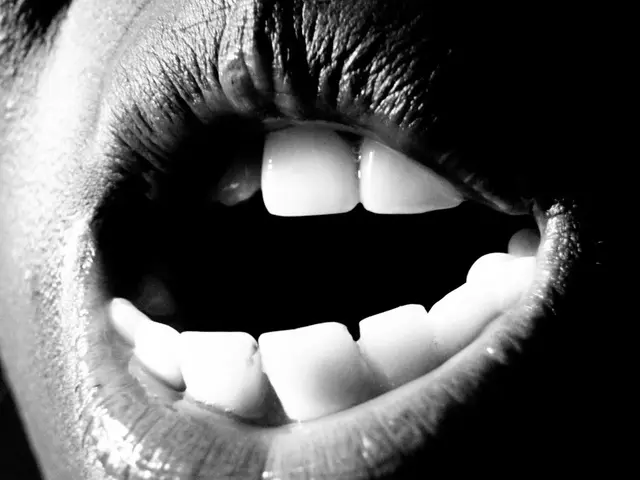Depression Classifications: Signs, Diagnosis Methods, and Therapeutic Approaches
Depression is a common mental health condition in the United States, affecting approximately 7.1% of all U.S. adults in 2017. Two of the most typical and frequently diagnosed depressive disorders are Major Depressive Disorder (MDD) and Persistent Depressive Disorder (PDD), also known as dysthymia.
**Major Depressive Disorder (MDD)** is characterised by a persistent feeling of sadness and loss of interest in activities that usually bring pleasure. Emotional symptoms include hopelessness, irritability, emptiness, worthlessness, and anxiety. Physical symptoms are common, such as changes in sleep patterns (insomnia or hypersomnia), changes in appetite and weight, fatigue, restlessness, slowed speaking and movement, and unexplained physical ailments. Cognitive symptoms include difficulty concentrating, making decisions, and fixating on past failures. There may be increased thoughts of death or suicide attempts, along with social withdrawal and substance abuse. In adolescents, irritability and agitation, poor performance or school refusal, changes in hygiene, and self-harm may be more prominent. MDD significantly impairs daily life, including work, school, and social relationships.
On the other hand, **Persistent Depressive Disorder (PDD)** features a chronic depressed mood lasting at least two years, often described as feeling consistently "down in the dumps" or emotionally flat. Emotional symptoms include persistent sadness, emptiness, hopelessness, low self-esteem, and a pervasive sense of being inadequate or flawed. Physical symptoms include sleep disturbances (difficulty sleeping or excessive sleep), appetite changes, and chronic fatigue. Cognitive symptoms involve concentration difficulties, indecisiveness, and a "mental fog", hindering work and daily decision-making. Social impact includes withdrawal from activities and avoidance due to negative self-perception and hopelessness. Unlike MDD, symptoms of PDD are typically less severe but more persistent and chronic, rarely giving way to normal mood for more than two months at a time.
Both MDD and PDD significantly affect emotional, physical, cognitive, and social domains but differ mainly in duration and intensity. MDD presents as more acute episodes, often requiring urgent treatment, while PDD is a long-term depressive state. Both can overlap, and PDD can sometimes worsen into episodes of MDD.
Depression affects the central nervous system, causing cognitive impairments such as memory loss, slower reaction time, and difficulty putting feelings into words. Symptoms like chronic fatigue, headaches, loss of interest in pleasure, irritability, and physical aches are common in both MDD and PDD. Untreated depression can worsen, escalating symptoms and severely impacting health and daily functioning.
In summary, MDD and PDD are two common types of depression that differ in duration and intensity. MDD tends to have more intense and disabling symptoms over shorter periods (weeks to months), often requiring urgent treatment, while PDD is a long-lasting, less intense but more persistent form of depression that significantly impairs quality of life over years. Both disorders require professional help and treatment, which may include lifestyle changes, psychotherapy, medication, or a combination of these. Anyone who has concerns that they or a loved one may have depression should see a doctor, especially if a low mood persists for 2 weeks or more or if it happens regularly.
- In the postpartum stage, some mothers may experience depression, a mental health condition that impacts their health-and-wellness in various ways.
- This type of depression, known as postpartum depression, shares similarities with Major Depressive Disorder (MDD) and Persistent Depressive Disorder (PDD), characterized by persistent sadness, changes in appetite and sleep patterns, and cognitive difficulties.
- Science has shown that depression, both MDD and PDD, can significantly affect a person's emotional, physical, cognitive, and social domains, often leading to impairments in daily life, work, and relationships.
- Seeking professional help is crucial during the late stages of motherhood, especially if symptoms of depression persist for more than two weeks or occur regularly, as it can help manage symptoms and improve mental health.




